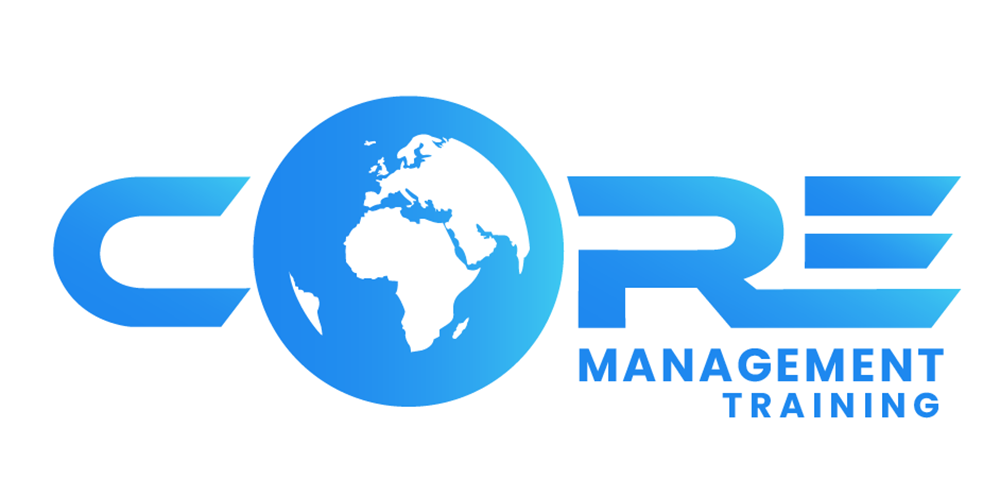Leadership development has long been heralded as a cornerstone of organizational growth and success. However, in recent years, a growing chorus of voices has raised concerns about the effectiveness of traditional leadership development programs. While conducting Sales Management Interviews over the last couple of weeks from new to old managers, it’s clear what we are doing is not working. From cookie-cutter approaches to a lack of real-world application, the question arises: Is leadership development broken? We’ll explore the challenges and shortcomings of current leadership development strategies and propose innovative ways to reshape leadership development for a rapidly changing world.

The Pitfalls of One-Size-Fits-All
Many leadership development programs take a one-size-fits-all approach, assuming that the same set of skills and qualities can be cultivated in every leader. However, this overlooks the unique strengths and weaknesses of individuals. True leadership development should account for the diverse backgrounds, personalities, and skills that leaders bring to the table.
Development plans that are tailored to each individual leader’s strengths, weaknesses, and developmental needs. Move beyond a plan that is a check the box and aligns with the Managers’ developmental areas that will improve performance. This includes identifying skill gaps and figuring out how to use inherent strengths to overcome or work around natural weaknesses. By acknowledging that leadership is multifaceted, organizations can craft programs that foster growth in areas most relevant to each leader’s unique journey.

The Theory-Practice Gap
Leadership development often involves theoretical learning in controlled environments, which can result in a gap between classroom teachings and real-world application. Leaders may struggle to translate theoretical concepts into effective action when faced with complex and dynamic challenges.
Often these programs are rolled out with the thought it is going to solve all coaching issues. These programs will not focus on the entire coaching continuum so a gap in learning still exists. Coaching is a skill that is like practicing free throws which must occur on a regular basis.
Solutions include experiential learning, such as simulations, role-playing, and real-time problem-solving scenarios which help bridge the gap between theory and practice. Managers need more assistance from 2nd line Managers with role-play and practice of real-world situations. These interventions result in better outcomes in sales performance and improved skill and confidence of their manager.

Neglecting Soft Skills
While technical and analytical skills are crucial, leadership is equally about interpersonal skills, emotional intelligence, and effective communication. Many leadership development programs emphasize hard skills and overlook the importance of soft skills. Building a soft skill curriculum will benefit coaching and feedback performance from managers. Soft skills are the bedrock of coaching and feedback. The toughest conversations impact your directs career in a positive way.
Training in empathy, active listening, conflict resolution, and cultural intelligence can enhance a leader’s ability to connect with their team and matrix partners. It will help navigate complex interpersonal dynamics. One manager described the emotional burnout of handling disrespectful behavior from peers, and another discussed the microaggressions they received from their team with no skills or support to be able to handle.

Short-Term vs. Long-Term Vision
In the rush to produce quick results, organizations often prioritize short-term skill acquisition over long-term leadership growth. This approach might yield immediate improvements, but it leads to stagnation as leaders fail to adapt to evolving challenges. Communicate Long-Term Vision. I remember someone being in a high-potential program but being unaware. This manager eventually left the company.
Companies that are scaling for growth will hire Managers from other companies with the thought little training is needed for leadership development. This training helps to improve communication and alignment for organizational performance standards. Also, the up-and-coming crop of talent is neglected leaving them vulnerable to leaving the organization.
Continuous Learning and Adaptation in Leadership development is an ongoing journey rather than a one-time event. Many companies ditch the tried and true to innovate or eliminate programs that have a positive impact. Determining the true business outcomes and impact of leadership training will be beneficial. Organizations should be providing a platform for current issues to be discussed. This approach ensures that leaders evolve alongside their organization and industry.

Lack of Diversity and Inclusion
Many leadership development programs inadvertently perpetuate homogeneity in leadership by failing to address diversity, equity, and inclusion (DEI) issues.
It’s important to define what DEI means for your company. Once it’s defined then it’s easier to develop metrics that move the needle and people accountable for metrics. Provide people with training that develops skills that address natural biases and have better decision-making processes that include broader solutions. Data from McKinsey Diversity Report in 2017
supports the importance of DEI and further data share five pillars to ensure success in these initiatives.
Traditional leadership development faces critical challenges. One-size-fits-all approaches, the theory-practice gap, neglecting soft skills, short-term focus, and a lack of diversity and inclusion persist. Yet, innovative solutions are available. Tailoring development, experiential learning, emphasizing soft skills, embracing a long-term vision, and promoting diversity and inclusion are key. Leadership is multifaceted; growth requires adaptability, empathy, and continuous learning. Addressing these challenges promises more effective leadership. It’s a journey that promises a brighter, more inclusive leadership ahead.

If you would like to learn more about Core Management Training, click here
If you want to read more blogs, click here


